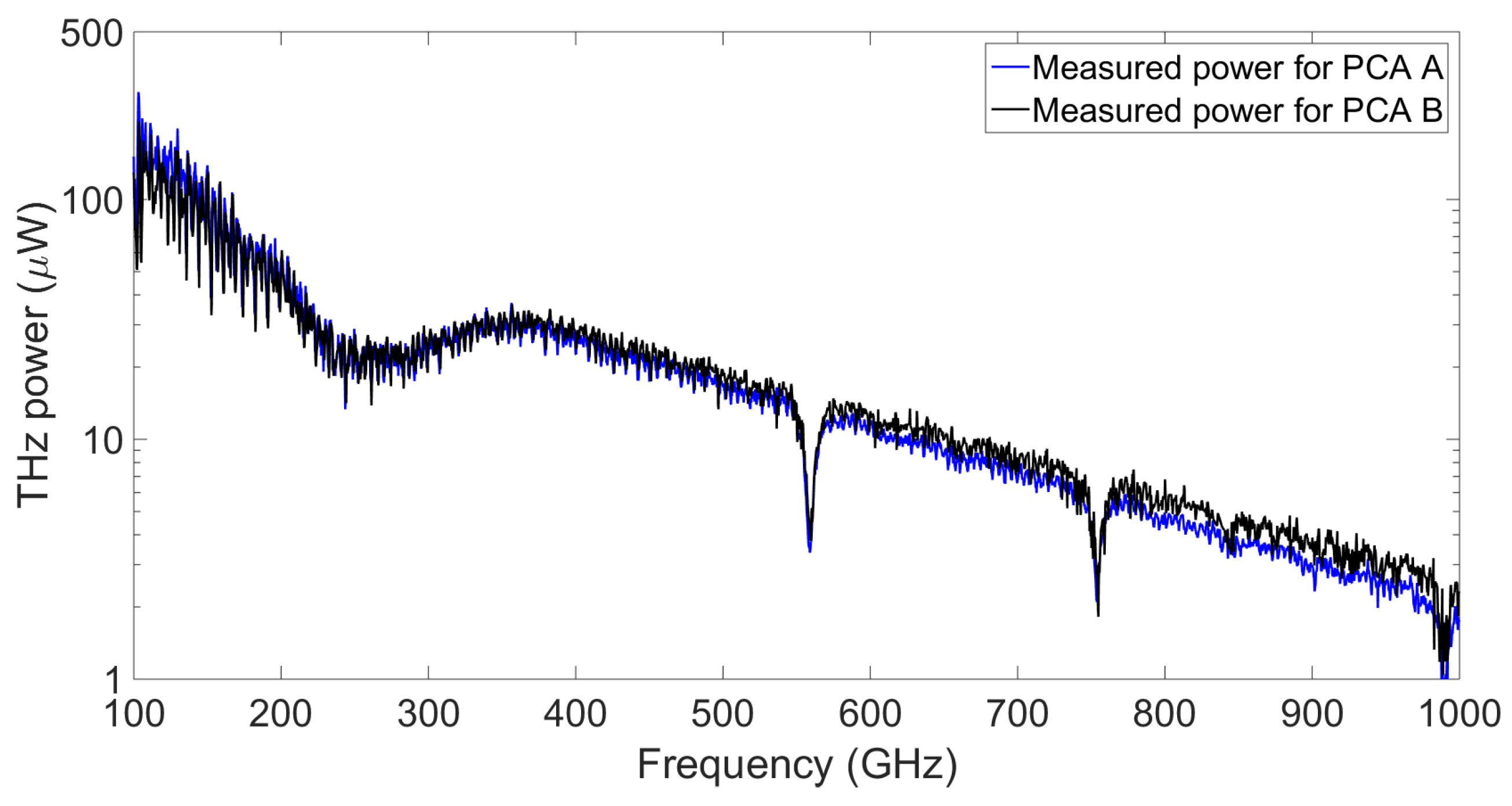Contents

Source: ResearchGate
Understanding Noise-Equivalent Power in Photodetectors
Introduction to Noise-Equivalent Power (NEP)
In the realm of photodetectors, noise-equivalent power (NEP) is a key parameter that defines the sensitivity of a device. It represents the optical input power required to produce an output power equivalent to the inherent noise power of the detector. Essentially, NEP is the threshold at which a photodetector can distinguish between signal and noise.
The Basics of NEP
When no light is incident on a photodetector, it still generates a noise output with a specific average power. This noise is often quantified by the root mean square (r.m.s.) voltage or current amplitude. The NEP is then determined as the optical input power that results in an output power equal to this noise power for a specified bandwidth. The signal-to-noise ratio at this point is 1, indicating that the signal and noise powers are identical.
Detectivity and Its Importance
The inverse of noise-equivalent power is known as detectivity. This parameter is crucial for assessing the capability of a photodetector to sense weak optical signals. A high detectivity implies a lower NEP, indicating superior sensitivity of the photodetector. Detectivity is particularly important in applications where detecting faint signals is critical, such as in astronomical observations or medical imaging.
The Role of Bandwidth
The measurement bandwidth significantly influences the noise power and, consequently, the NEP. For white noise, the noise power is directly proportional to the bandwidth. It is common practice to assume a bandwidth of 1 Hz for NEP calculations to allow for fair comparison across different detectors. Some literature presents NEP in units of W/Hz1/2, which is derived from the square root of the power spectral density.
Calculating NEP
To experimentally determine NEP, the noise amplitude of the detector output is measured in a designated noise bandwidth, such as 1 Hz, without any optical input. This value is then divided by the responsivity of the detector. For instance, if a photodetector has a noise amplitude of 1 nA/Hz1/2 and a responsivity of 0.5 A/W, the NEP for a 1 Hz bandwidth would be 2 nW. As the bandwidth increases, the noise amplitude scales with the square root of the bandwidth, affecting the NEP calculation.
Optimization Strategies
A low NEP is desirable for detecting minimal input power levels. Advanced techniques like lock-in detection can be employed to identify even weaker signals by narrowing the detection bandwidth, effectively reducing the noise power. Enhancing the responsivity of a photodetector can also lower NEP, provided that it does not increase noise. However, devices like avalanche photodiodes, which boost responsivity through internal amplification, may introduce additional noise, potentially increasing NEP.
Conclusion
Understanding and optimizing noise-equivalent power is crucial for improving the performance of photodetectors. By carefully considering factors such as bandwidth and responsivity, it is possible to enhance the sensitivity and detectivity of these devices, paving the way for advancements in various scientific and industrial applications.
This blog post provides a comprehensive overview of noise-equivalent power in photodetectors, discussing its significance, calculation, and optimization. It aims to make the concept accessible to readers with a professional tone and academic style.

Source: MDPI
Feel free to comment your thoughts.



